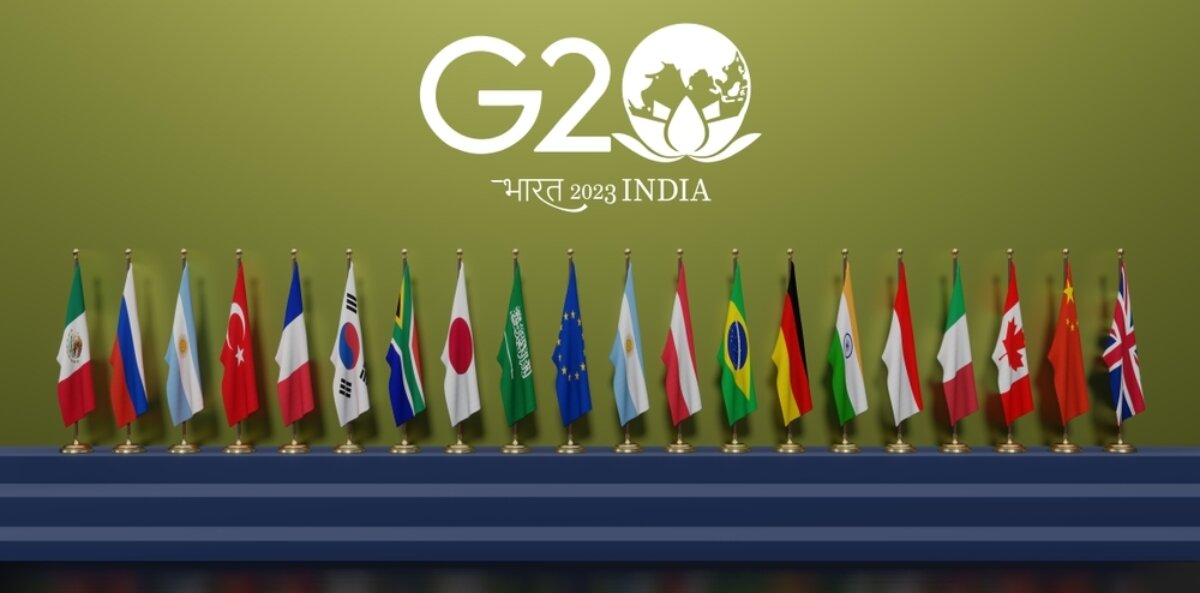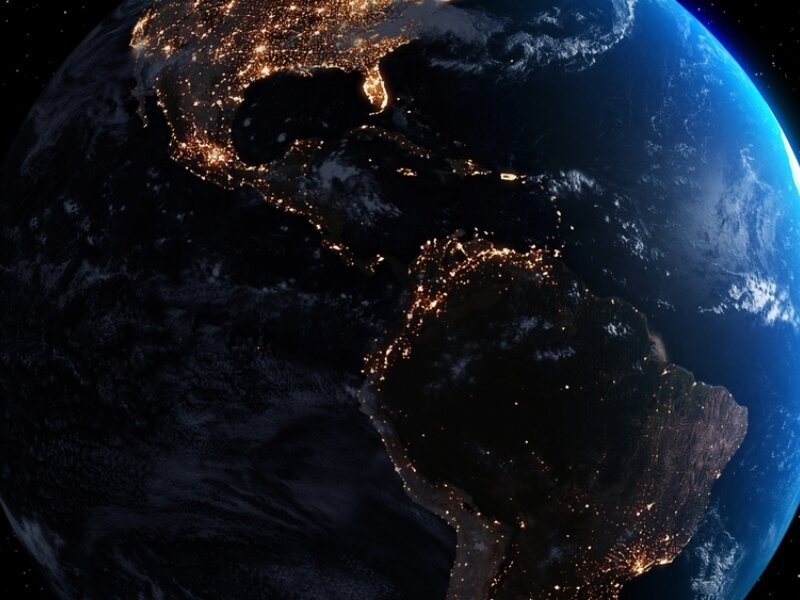Dopo l’Indonesia, l’India alla guida del G20
Una troika di paesi del sud del mondo guiderà, dal prossimo dicembre, il G20, con l’inizio della Presidenza indiana che seguirà quella dell’Indonesia. L’analisi di Guido Bolaffi

Dal prossimo 1° dicembre il G20, quando l’India ne assumerà formalmente la presidenza, sarà guidato, per la prima volta nella sua storia, da una troika formata solo da nazioni del Sud del Pianeta: Indonesia, India e Brasile.
Tre paesi che, tra l’altro, nella classifica della demografia mondiale, in attesa del sorpasso dell’India sulla Cina previsto dall’ONU per i primi mesi del 2023, occupano oggi rispettivamente il quarto, il secondo ed il sesto posto dei più popolosi della Terra.
Un evento di portata epocale su cui richiamava l’attenzione Sujan R. Chinoy, che, commentando le conclusioni del Vertice di Bali nell’articolo “G20 presidency: An opportunity for India to assume leadership of the Global South” scriveva: “The baton passes on to India on December 1, 2022. Ever since the G20 was recast as an annual apex-level summit in the aftermath of the 2008 global financial crisis, developing countries chaired it only on four occasions - Mexico in 2012, China 2016, Argentina in 2018 and now, Indonesia in 2022. India’s presidency marks the fifth such occasion. In a historic first for developing countries, the G20 troika after December 1 will comprise the past, the incoming and the next G20 presidencies, i. e., Indonesia, India and Brazil [...] This would be the first time when the troika would consist of three developing and emerging economies [...] This is not only a moment for Global South to try and set the tone for the theme of the Bali conference (Recover Together, Recover Stronger) but also a moment for regional groupings like Southeast Asia, South Asia and others to seek greater economic convergence on sustainable development goals”.
L’India arriva ai 12 mesi di guida del G20 - che saranno conclusi dal Summit di Delhi programmato per il 9 e 10 settembre 2023 - con le carte in regola. E, soprattutto con le idee chiare. Infatti, stando a quanto riportava lo scorso 9 novembre Harikishan Sharma nel reportage "India vision one world, lotus in G20 logo symbol of hope": “Prime Minister Narendra Modi yesterday unveiled the logo - Earth juxtaposed with the lotus, and the theme Vasadhaiva Kutumba-kam (One Earth One Family One Future) - and said: India’s G20 presidency is coming at a time of crisis and chaos in the world […] The world is going through the after-effects of a disruptive on-in-a-century pandemic, conflicts and a lot of economic uncertainty [...] The symbol of the lotus in the G20 logo is a representation of hope in this time. No matter how adverse the circumstances, the lotus still blooms. Even if the world is in a deep crisis, we can still progress and make the word a better place”.
Temi ripresi e meglio chiariti dall’articolo "During its G20 presidency India can be a voice for developing world” secondo cui: “Apart from the national flag’s colours, the logo depicts a lotus with seven petals on which symbolically rests the earth, its oceans and the seven continents signalling a pro-planet approach. Modi drove home the point that India’s presidency will transcend the limitations of geography and categories to encompass the whole world, leaving none behind. India will work to deliver global goods as a voice for the Global South”.
Con l’arrivo dell’India, dopo l’Indonesia ed in prospettiva del Brasile, alla presidenza del G20, il Sud del Mondo fa suo l’aforisma del rabbino Hillel con cui Primo Levi titolò il suo capolavoro letterario del 1982: Se non ora quando?
Una prospettiva resa tanto più politicamente significativa dalle ragioni segnalate da Sanjaya Baru, che con lucida chiarezza così le elencava nell’articolo pubblicato lo scorso settembre da Indian Express con il titolo: "G20 presidency is an opportunity to position India as the voice of the Global South":
“First, and foremost, the persistent unwillingness of the Big Five (the US, Russia, China, France and UK) to reform UN governance and let India into the UN Security Council;
Second, Western deglobalization and disinterest in reform of multilateral financial and trade organizations (IMF, WTO&WB);
Third, failure on the part of the US. EU, China and Japan to address the problem of mounting external debt burden of developing countries;
Fourth, the impasse on climate change;
Fifth, the unleashing of an East-West power struggle, brought to a head by Russia’s invasion of Ukraine, imposing huge costs on developing economies”.



